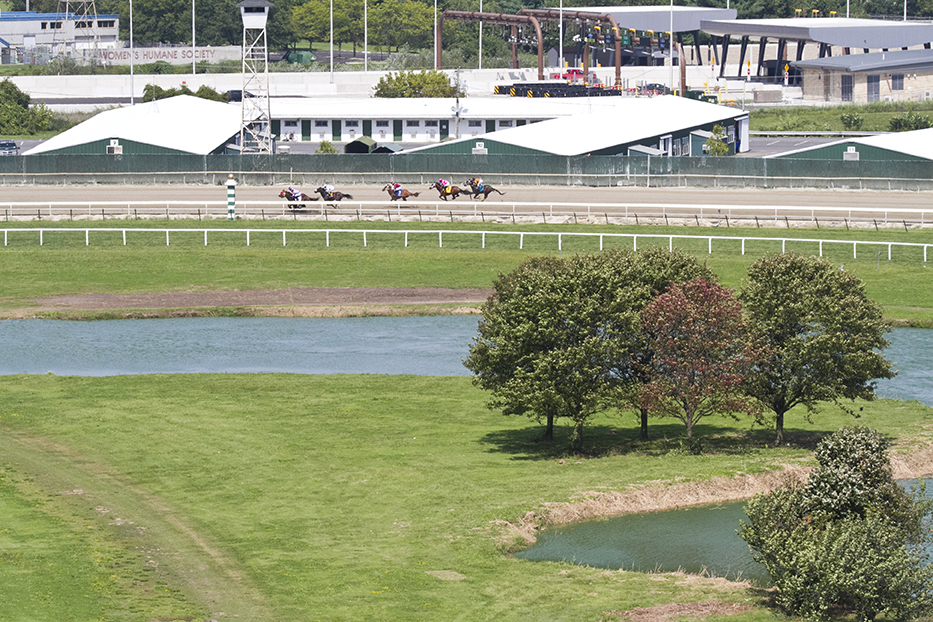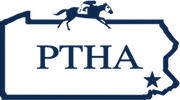
Parx Meets Safety Standards
-By Dick Jerardi
Anybody who has followed racing at Parx Racing in the last few years knows the racing surface, while often slower than it used to be, has also become safer. During a time when the sport is being scrutinized because of the unusual numbers of fatal injuries this year at Santa Anita, Parx clearly is doing something right.
That was recognized last week when the National Thoroughbred Racing Association (NTRA) announced that Parx Racing received “initial accreditation” from the NTRA Safety & Integrity Alliance.
Parx is the 25th track in the United States and Canada to get accreditation from the Alliance.
“A lot of the things that the alliance requires, we had already done,” Joe Wilson, Chief Operating Officer of Parx Racing, said in an NTRA news release. “And when I say that, it refers to a padded starting gate, proper equipment with regards to helmets and vests. We installed the rider protection rail…we installed an audio and visual alarm system on the track.
“And as far as aftercare for racehorses, the PTHA’s Turning For Home, which was founded more than 10 years ago, has safely retired more than 2,600 Thoroughbreds. This program is funded by Parx horse owners, jockeys, the PTHA, the Pennsylvania Horse Breeders Association and Parx management
“So with all that, it was just a natural fit that we should take that further and be accredited by the NTRA. It just solidifies how important we take safety and integrity.”
Concussion protocol has become a major issue in contact sports, especially football where standards have been developed to diagnose and treat serious head injuries. Jockeys obviously are susceptible to head trauma.
“Right now, if someone comes off a horse and there is any thought at all that they may have hit their head, we require them to have a doctor’s note to return and get back on the track,” Wilson said in the release. “It’s a unique circumstance where jockeys are not employed by us; they are employed by owners. However, we’re the venue and we are going to do as much as we can to protect everybody so it was just a natural thing. So if we’re aware that someone may have hit their head, we’re going to require them to be cleared by a doctor before they can get back on a horse.”
To get Alliance certification, according to the NTRA release, a track must comply with “safety and integrity concerns within six broad areas: injury reporting and prevention, creating a safer racing environment, aftercare and transition of retired racehorses, uniform medication and testing, jockey health and welfare, and wagering security.”
A track does not get accredited unless it has addressed concerns in all six areas. Parx has done that, so the track is now one of 25 in North America with the NTRA’s Seal of Approval.












